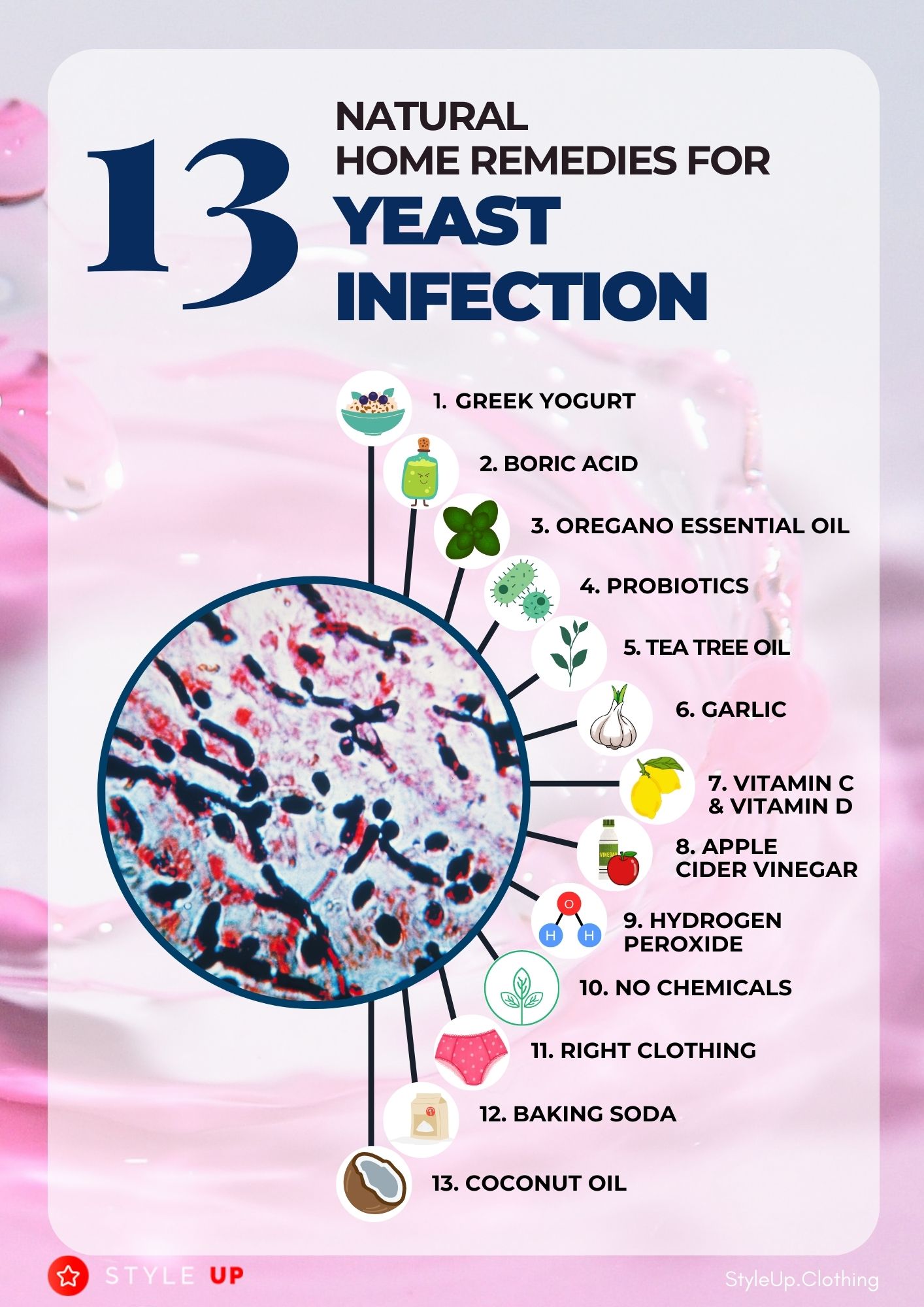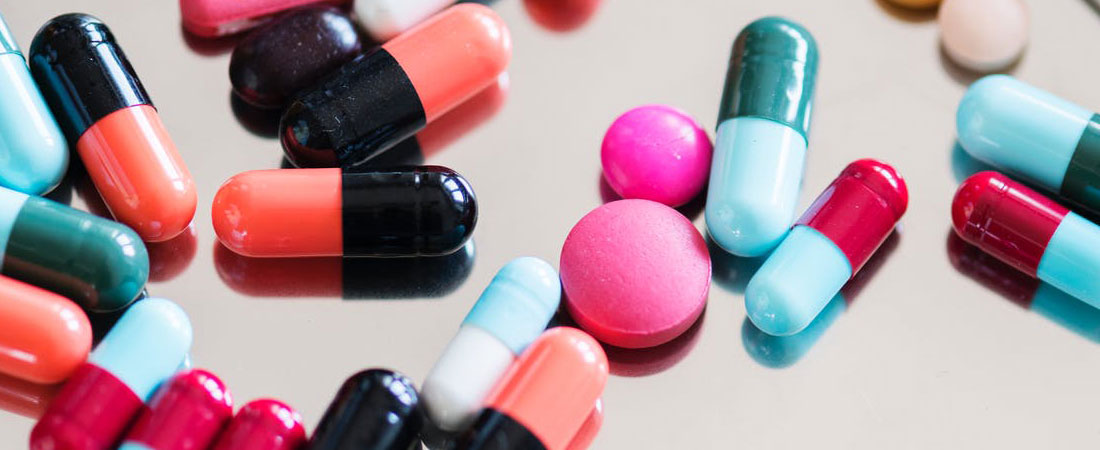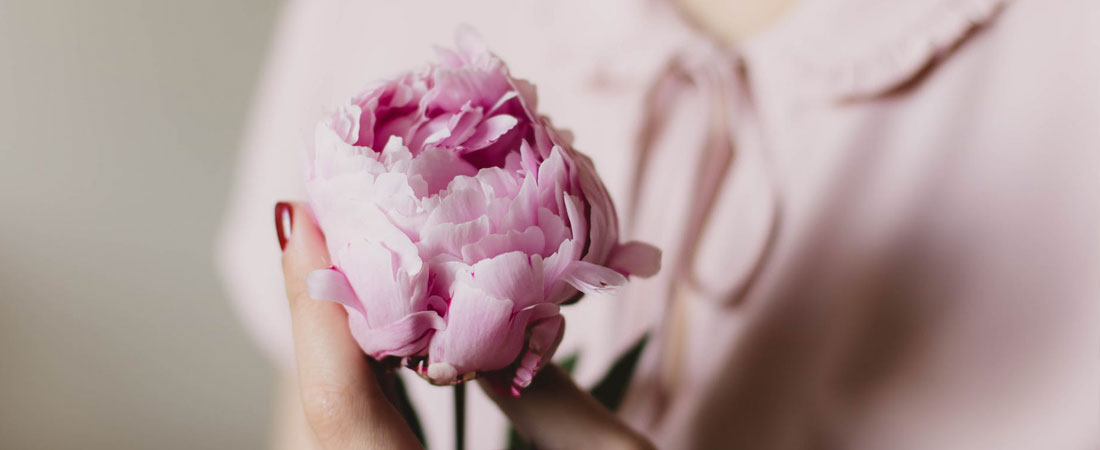FEMALE YEAST INFECTION (CANDIDA) – SYMPTOMS, CAUSES, CANDIDA NATURAL TREATMENT, AND HOME REMEDIES FOR CANDIDA
Female yeast infections are very common. It’s estimated that about 75% of all women will have it at least once in a lifetime, and around 40%-45% may suffer from vaginal yeast infection several times.
A vaginal yeast infection (also called candidal vulvovaginitis, vaginal candidiasis yeast vaginitis, or candidal vaginitis) is an infection triggered by the yeast Candida.
Yeast infections, or candidiasis, can affect other areas of the body:
- A mouth yeast infection is called thrush, or oral candidiasis.
- Infection of the skin (such as the armpits and groin) is called cutaneous candidiasis.
- The Same infection of the penis – which is inflammation of the head of the penis – is also called candidal (or candida) balanitis, or balanitis thrush.
- Common fungal infections of the foot are foot fungus, toenail fungus, and toe infection.
This article focuses on vaginal yeast infection symptoms, causes, and home treatment.
A healthy vagina accommodates different bacteria and also yeast cells. Therefore, Candida species are usually present in the vagina without causing any symptoms or problems. In fact, it is believed that about 20% to 50% of women have Candida already present in the vagina, but Lactobacilli keeps it from taking over and causing discomfort.
These good bacteria also called probiotics such as Lactobacilli help to keep your microbiota in balance, fight harmful bacteria and Candida in the vagina and keep you healthy. The hormone estrogen helps bacteria called Lactobacilli to grow.
However, sometimes something may happen to change that balance, and Candida can grow out of control leading to yeast infection. This overgrowth causes a lot of discomfort such as itching, irritation, inflammation, and painful discharge.
While you can pass on yeast infection by sexual contact, it is not considered to be a sexually-transmitted disease (STD) as it can also appear in women who are not sexually active. You should be aware that once you get a yeast infection, you’re also more likely to get another one.
If you start with the treatment, symptoms may relieve within a few days. In more severe cases, it may take up to two weeks.
There are multiple ways to try to treat a yeast infection, home remedies, over-the-counter (OTC) medications, and prescription medications.

Female Yeast Infection (Candida Infection) Signs And Symptoms
Some women may experience symptoms of yeast infection such as:
1. An intense itching of the vaginal or genital area
2. Irritation and burning of the vagina or vulva in women
3. Swelling around the vagina
4. Soreness of the vagina or vulva in women
5. Redness of the vagina or vulva in women
6. Rash
7. Pain during sexual intercourse
8. Pain or burning during urination
9. Vaginal discharge that is:
- thick;
- odorless;
- whitish-gray;
- consistency similar to cottage cheese;
- or sometimes the discharge may also be watery.
The longer you leave your yeast infection untreated, the more severe your symptoms may become.
Female Yeast Infection Causes
As mentioned above, the fungus Candida is naturally present in the vaginal area and healthy bacteria called Lactobacillus - normally keep its growth under control.
But if there’s an imbalance in your system, these protective bacteria won’t work effectively and yeast starts to overgrow leading to the symptoms of vaginal yeast infections.
There are many reasons you could get a yeast infection, including:
1. Antibiotics
In addition to killing bad bacteria, these drugs can also destroy the good bacteria that live in your vagina, including Lactobacillus. Therefore, taking antibiotics for any reason may influence your bacterial balance, and lead to dysbiosis and the overgrowth of yeast.
2. Diabetes
An increase in sugar in the moist linings of your vagina can generate a good place for yeast to grow.
3. Hormones
Hormonal changes during:
- pregnancy;
- breastfeeding;
- menopause;
- taking birth control pills,
- and hormonal imbalance near your menstrual cycle can all change the balance in your vagina.
4. Weakened immune system
- If you are HIV-positive or have another immune system disorder, the yeast may also grow uncontrolled.
- Also, women with suppressed immune systems (for example, those taking cortisone-related medications such as prednisone) develop vaginal yeast infections more frequently than women with normal immunity.
- Weakened immune system can also be a result of several reasons including your diet, lack of nutrients, stress, lack of sleep, etc.
5. Intercourse
As Candida may be present also in the healthy vagina, and women who are not sexually active may also suffer from yeast infection – vaginal yeast infection is not considered a sexually transmitted disease (STD). However, it can spread through sexual intercourse. So, it is very likely for men to develop penile yeast infection symptoms after sexual contact with women. Even if men do not have any symptoms, they can pass the yeast infection forward and infect the next person.
6. Poor eating habits
Including a lot of sugary foods and white bread
7. Stress
8. Lack of sleep
9. Taking oral contraceptives
10. Injury
Also, injury to the inner vagina, such as after chemotherapy may lead to vaginal yeast infection.
11. Vaginal sprays and douches
The use of douches perfumed vaginal hygiene sprays, or scented feminine hygiene products may change the microbial balance in your vagina and increase the risk of developing a vaginal yeast infection.
Female Yeast Infection Diagnosis
Even though the symptoms may refer to yeast infection candida, vaginal itching and discharge can be caused also because of other conditions such as bacterial vaginosis and Trichomonas infections. Therefore, for an accurate diagnosis, you should visit your doctor.
Firstly your doctor will ask about your medical history and whether you’ve had vaginal yeast infections before.
Doctors may also ask if you’ve ever had an STD. The next step is a pelvic exam. Your doctor will inspect your vaginal walls, and cervix and look at the surrounding area for external signs of yeast infection.
Depending on your doctor’s first inspection, the second step may be to collect some cells from your vagina which go to a lab for further examination.
Lab tests are generally vital in case you have a yeast infection regularly or it does not respond to treatment and won’t go away.

Female Yeast Infection Treatment
As each yeast infection may vary from person to person, your doctor will recommend a treatment that’s best for you.
Treatments are usually decided based on the severity of your symptoms.
Yeast infection is usually treated using antifungal drugs. Prescription and over-the-counter (OTC) medications are both efficient in treating vaginal yeast infections. Over-the-counter (OTC) remedies are generally the best home treatment for yeast infections and can cure most yeast infections.
You can also try to treat vaginal yeast infections with natural remedies if you’d like to avoid taking prescription medication, but these aren’t as effective or reliable as the indicated medications.
Home Remedies for Female Yeast Infection Include:
- Greek yogurt
- Boric acid
- Oregano essential oil
- Probiotic suppositories and supplements
- Coconut oil
- Tea Tree oil
- Apple cider vinegar
- Garlic
- Hydrogen peroxide
- Vitamin C and vitamin D
- Right clothing
- Keeping vaginal area dry
- Baking soda
Over-The-Counter (OTC) Medications For Female Yeast Infection Include:
- Clotrimazole (Gyne-Lotrimin, Mycelex)
- Miconazole (Micatin, Monistat)
- Terconazole (Terzol)
Prescription Medications For Female Yeast Infection Include:
- Fluconazole (Diflucan)

Home Remedies for Female Yeast Infection (Candida) - 13 Most Popular Natural Remedies To Fight Yeast Infection
Before trying natural remedies, consult your doctor. This is important because:
- If your symptoms are due to something other than a simple yeast infection, your doctor can help diagnose your condition.
- Some herbs can interact with medications you may be taking or can cause other unintended side effects.
- Your infection might go away with treatment but then returns and you may need a prescription-strength treatment.
- Call your doctor if your symptoms worsen or if new symptoms appear at any time during treatment. Also, call your doctor if you have persistent irritation that’s separate from your yeast infection symptoms.
Most home remedies bring relief within a few days. Some may take up to a week. Before applying oils or creams to your vagina, always assure your hands are clean. So, the 13 most popular natural home remedies for yeast infection include:
1. Greek yogurt for yeast infection
A review of research published in the Journal of Antimicrobial Chemotherapy found that some probiotics can be effective against C. Albicans. Yogurt is considered a probiotic because it contains live bacteria, such as Lactobacillus acidophilus. These bacteria are vital for generating healthy and normal conditions in your vagina and can help treat candida overgrowth caused by an imbalance.
However, do not use yogurt that contains added sugar, as sugar is fuel to Candida fungus and contributes to its overgrowth.
2. Boric acid
Some women state that boric acid, which is a strong antiseptic, is useful for them in treating yeast infections that are resistant to other medications. According to a study, topical boric acid revealed promising results as a remedy for vaginal infections. However, in large amounts – boric acid is toxic. It can lead to kidney damage, acute failure of the circulatory system, or death if you absorb enough of it. So, don’t ever take boric acid orally or apply it to broken skin.
Before spreading boric acid to your vagina or vulva area, always blend it with water. Pregnant women should not use boric acid in any form.
3. Yeast infection home treatment with oregano essential oil
Look for oil of oregano made from wild oregano, or Origanum vulgare. It contains thymol and carvacrol, which are powerful antifungals. A study published in the journal Molecular and Cellular Biochemistry found that wild oregano oil could stop or slow the growth of Candida albicans, depending on the dosage used. Oil of oregano is a natural blood thinner, so don’t use it if you take blood thinners for another health condition. Also don’t use it if you have blood-clotting issues, such as from a vitamin K deficiency. Essential oils should not be taken orally.
Mix three to five drops of essential oil per ounce of carrier oil, such as olive or sweet almond oil. Then, apply it to the skin in massage or inhale it through a diffuser. Do not use essential oils near your vagina.
4. Probiotic supplements and vaginal suppositories for yeast infection
Probiotics help re-establish the bacterial balance in your body. If you start taking probiotics that contain Lactobacillus acidophilus bacteria, you can bring your digestive tract and vaginal microflora back into balance. However, with probiotic supplements, the treatment may take at least 10 days to see full results. Some women use probiotic vaginal suppositories to see more quick results.
According to Harvard Health, probiotics may treat vaginal infections.
5. Can garlic really help in case of yeast infection?
In one lab study, garlic was shown to be an effective Candida killer. But there is some debate over whether it will help cure yeast infections outside of a lab setting.
Some websites suggest placing garlic into the vagina, however, it is not safe and may cause burns and significant pain. Therefore, if you believe that garlic may treat your yeast infection, just add more garlic to your diet.
6. Yeast infection home treatment with tea tree oil
Tea tree oil is an essential oil that’s used to kill fungi, bacteria, and viruses. This oil is incredibly powerful and is believed to help preserve the healthy balance of the microflora in the vagina. Studies reveal that a vaginal suppository that includes tea tree oil may also help treat vaginal infections.
However, before using tea tree oil as a vaginal suppository, dilute it with some base oil such as jojoba, avocado, or coconut oil. Only use tea tree oil occasionally, and never swallow it.
7. Apple cider vinegar for yeast infection
One of the yeast infection home treatments is an apple cider vinegar bath. When you add a half cup of apple cider vinegar to a lukewarm bathtub and soak it for 20 minutes, the acidic component of the vinegar is supposed to eliminate any harmful microorganisms.
There is a difference between a vinegar bath and vinegar douching, the last one flushes out all bacteria (good and bad) from your vagina. Doing so leaves you more prone to the recurrence of the yeast infection.
8. Vitamin C and vitamin D for yeast infection
Vitamin C is believed to be an immune system booster. When you have a strong immune system, your body may defend itself, fight off diseases and bring itself back to balance without additional treatment. Vitamin C has antimicrobial properties when it’s in tablet form, therefore some women use it to kill candida overgrowths.
However, a vitamin C suppository might burn the sensitive skin of your vagina. Instead, try to grow your vitamin C levels with diet or dietary supplements. Vitamin C is available to purchase online. Vitamin D is also one of the vitamins to boost your immune system and these two work well together against yeast infection.
9. Hydrogen peroxide
According to lab studies, hydrogen peroxide is a bacteria and yeast-killing antiseptic. While it won’t work on every yeast species, some women said it had helped them.
Make sure that you dilute hydrogen peroxide before applying it to your genitals, and don’t use it for more than five days in a row.
10. Avoid chemicals
Keep your vaginal area dry and avoid irritating chemicals and perfumes. Therefore, try not to use douches, vaginal deodorant sprays, scented vaginal lotions, scented tampons, and tissue. They may change the balance of good bacteria (Lactobacilli) and yeast in your vagina.
11. Choose the right clothing
Reduce the possibility to develop moisture in the genital area. Wear cotton underwear or underwear with a cotton crotch, and loose-fitting pants, and avoid prolonged wear of wet workout clothes or bathing suits. All these measures can help control moisture and may help reduce the chance of getting a yeast infection.
12. How to use baking soda for yeast infection
Dissolve the baking soda with water (1 tbsp/one cup) and wash your genital area every time it starts to itch. Some women say it really does help relieve the discomfort and itching.
13. Coconut oil
Coconut oil has many health benefits, including antifungal properties. Studies have revealed that coconut oil may be efficient against Candida albicans. To treat a vaginal yeast infection with coconut oil, use pure, organic coconut oil and apply the oil directly to the affected area.

Over-The-Counter (OTC) Medications For Female Yeast Infection Treatment
If you treat yourself at home with OTC products, you’ll also need a follow-up visit to your doctor to make sure the medicine has worked because the symptoms might return within two months.
You can buy topical antibiotic (antifungal) medications (applied directly to the affected area) without a prescription. These include vaginal creams, tablets, or suppositories. Regimens vary according to the length of treatment and are typically 1- or 3-day regimens.
Examples of over-the-counter (OTC) drugs for yeast infections include:
- clotrimazole (Gyne-Lotrimin, Mycelex)
- miconazole (Micatin, Monistat)
- terconazole (Terzol)
Prescription Medications For Female Yeast Infection Treatment
Oral prescription medications, taken in pill or tablet form, can be used to treat recurrent yeast infections or infections that do not respond to topical treatment.
- Fluconazole (Diflucan) is typically used as the first-choice oral antifungal medicine.
Don’t use antifungal medications if you are pregnant. Oral medications also have more side effects, including:
- nausea,
- headache, and
- abdominal pain, then topical medicines.

Female Yeast Infection Prevention
Because yeast can be present normally in the vagina of healthy women, not all yeast infections can be prevented. However, it is possible to take preventive measures that may reduce your risk of getting a yeast infection.
Follow these tips to help prevent future yeast infections:
- Limit the amount of sugar and processed foods you consume. Yeast thrives on sugar.
- Wear loose-fitting, cotton underwear. It can help reduce moisture and prevent yeast infections.
- Don’t spend extended periods in wet clothes or bathing suits. Change out of wet bathing suits or damp clothes as soon as possible. Yeast grows in warm, moist environments.
- Only use antibiotics when necessary, and after using antibiotics, use probiotics.
- Don’t use douches unless advised by your doctor, and avoid vaginal deodorant sprays and scented vaginal lotions. They may alter the balance of good bacteria and yeast in your vagina.
- Since chemical irritants can influence the balance of bacteria in the vagina, avoid products with potential irritants like scented tampons and tissue.
- Always clean the genital area from front to back.
- Regular baths or showers are an adequate way to cleanse the vagina.
- Some evidence shows that the consumption of foods with probiotics (healthy bacteria that are normally found in the body) like probiotic-containing yogurt may help prevent yeast infections.
- Practice safe sex by using a condom every time you have intercourse.
- Get regular gynecological checkups.
NB! The information provided here is for informational purposes only, so do not consider it as health care or medical diagnosis and treatment. Do not consider this information as a guarantee of the results you want to achieve. In addition, this information is not intended to replace the advice of your physician or another healthcare professional.
Even more, you should not use it to diagnose or treat a health problem. Before changing or discontinuing your existing medication, treatment, or care, or taking any dietary supplements, be sure to consult with your healthcare professional or doctor before starting any diet or program, or if you suspect you may have a medical condition.
Written by Maria-Helena Loik
This article was originally posted on Ecosh.com
Photo credit: Pixabay.com, Pexels.com, Shutterstock.com
Sources:
2. Healthline.com/yeast infection home remedy
3. Healthline.com/vaginal yeast infection
4. Webmd.com
